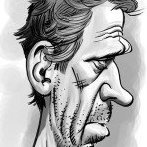Sign in to follow this
Followers
0

Anti-Somaliland Campaigners: Descending to the Lower of Pan-Somali Polemics
By
Xaaji Xunjuf, in
Politics

By
Xaaji Xunjuf, in
Politics